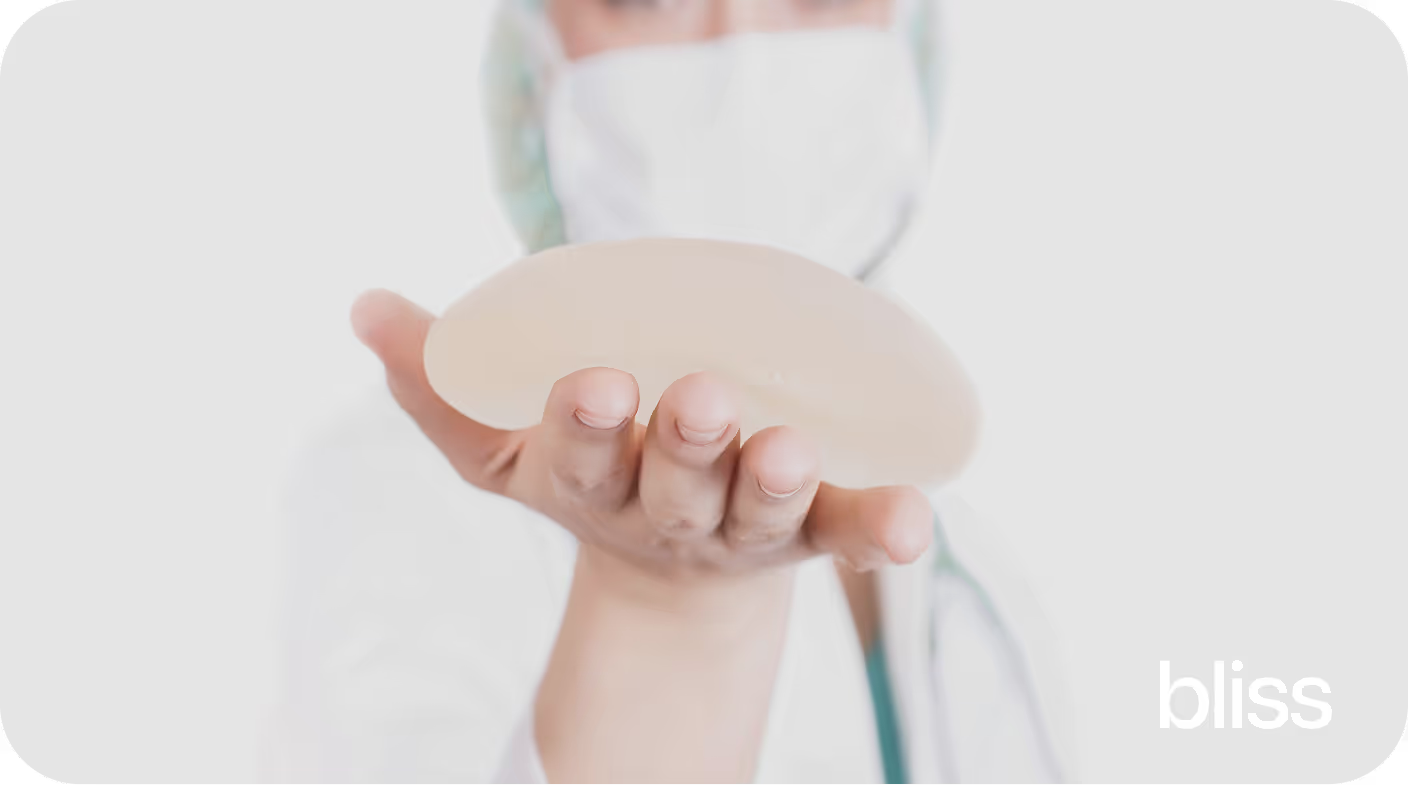Comparing Different Liposuction Techniques

Liposuction has been a go-to body contouring treatment for decades, helping people get rid of stubborn fat and enjoy more defined shapes. What you might not know is that there isn’t just one way to do it. Over time, new techniques have been designed to make liposuction safer, more precise, and easier to recover from.
If you’re thinking about liposuction, knowing the differences between these methods can help you feel confident in your decision. Let’s break down the most common options and how they compare.
The Basics of the Procedure: What Is Liposuction?
Let’s start with the basics: liposuction is a surgical procedure that removes stubborn fat from areas like the stomach, thighs, hips, arms, or under the chin.
It’s not meant for weight loss; it’s a shaping tool for people who are close to their goal weight but can’t get rid of certain trouble spots.
Over the years, different techniques have been developed to make the procedure safer, more comfortable, and easier to recover from. The right approach for you depends on your body, fat distribution, and personal goals.
That being said, if you want a deeper look into the different body contouring options available to you, you’re in luck. Make sure to check out our blogs “Lipo vs. CoolSculpting” and “Lipo vs. Tummy Tuck” for a full overview.
#1. Traditional (Suction-Assisted) Liposuction
Let’s begin with the classic approach, the original and most widely used method. In this technique, the surgeon uses a thin tube called a cannula to break up fat and then suction it out manually.
The Pros:
- It’s highly effective for large-volume fat removal.
- It has a long track record with proven safety and results.
The Cons:
- It’s more invasive than the newer methods available.
- It can involve longer recovery and more bruising.
#2. Tumescent Liposuction
Next on our list is tumescent lipo. This method involves injecting a special “tumescent fluid”, which is a mix of saline, lidocaine, and epinephrine, into the treatment area before fat removal.
The Pros:
- It reduces any bleeding and discomfort.
- It improves safety and precision.
- It allows for many procedures to be done under local anesthesia.
The Cons:
- It’s a slightly longer procedure time due to preparation.
- Swelling from fluid injection may temporarily affect results.
#3. Laser-Assisted Liposuction (SmartLipo)
Next is laser-assisted liposuction, which uses laser energy to liquefy fat cells before they are suctioned out.
The Pros:
- It can tighten skin while removing fat.
- It has less bruising and bleeding compared to traditional methods.
- It works well for small, delicate areas like the chin or arms.
The Cons:
- Less effective for large fat removal.
- May require multiple sessions for bigger areas.

#4. Ultrasound-Assisted Liposuction (VaserLipo)
In this procedure, ultrasound waves are used to break up fat cells, making them easier to remove.
The Pros:
- It’s really precise, ideal for sculpting and definition.
- It’s good for fibrous or dense areas like the back or male chest.
- It can preserve surrounding tissues better than some methods.
The Cons:
- Risk of skin burns if not performed properly.
- Requires a surgeon with specialized training.
#5. Power-Assisted Liposuction (PAL)
Last but certainly not least is PAL, which uses a vibrating cannula to break up fat with less manual effort.
The Pros:
- It speeds up the procedure.
- It reduces surgeon fatigue, which can improve consistency.
- It works well for larger areas of fat removal.
The Cons:
- Slightly more bruising or swelling in some cases.
- May not be available in all practices.
Which Liposuction Technique Is Right for You?
There is no one-size-fits-all solution. The perfect technique relies on certain factors, such as:
- Your body type and fat distribution,
- The volume of fat to be removed,
- And the desired recovery time.
That’s why a one-on-one consultation with an experienced plastic surgeon is so important. They’ll take a close look at your body, listen to your goals, and design a plan that balances safety, recovery, and the best possible results.

The Recovery & Results Across Techniques
Recovery looks a little different depending on the technique, but most people notice some swelling, bruising, and mild discomfort during the first few weeks. Here’s a simple breakdown:
- Traditional Liposuction: Recovery takes longer, with swelling often lasting 1-3 months.
- Laser or Ultrasound-Assisted Liposuction: Healing tends to be quicker, and results usually show up sooner.
- Tumescent and PAL: Recovery is moderate, with less discomfort compared to older methods.
No matter the technique, final results usually become clear around 3-6 months once swelling has completely gone down.
Why Trust Bliss for Your Liposuction Journey
Choosing the right liposuction technique can feel like a lot. That’s why our Care Advisors are here to connect you with trusted surgeons who know how to match the best approach to your body and goals.
Whether you’re leaning toward traditional lipo or newer options like VaserLipo or SmartLipo, we’ll help simplify the decision. Ready to take the first step toward your ideal shape? Fill out your Bliss Questionnaire to get started.
FEATURE OF THE WEEK
Subscribe for cosmetic insights.
Get the latest in aesthetic innovation, support, and self-love straight to your inbox.











Lorem ipsum dolor sit amet, consectetur adipiscing elit. Suspendisse varius enim in eros elementum tristique. Duis cursus, mi quis viverra ornare, eros dolor interdum nulla, ut commodo diam libero vitae erat. Aenean faucibus nibh et justo cursus id rutrum lorem imperdiet. Nunc ut sem vitae risus tristique posuere. uis cursus, mi quis viverra ornare, eros dolor interdum nulla, ut commodo diam libero vitae erat. Aenean faucibus nibh et justo cursus id rutrum lorem imperdiet. Nunc ut sem vitae risus tristique posuere.
DeleteLorem ipsum dolor sit amet, consectetur adipiscing elit. Suspendisse varius enim in eros elementum tristique. Duis cursus, mi quis viverra ornare, eros dolor interdum nulla, ut commodo diam libero vitae erat. Aenean faucibus nibh et justo cursus id rutrum lorem imperdiet. Nunc ut sem vitae risus tristique posuere. uis cursus, mi quis viverra ornare, eros dolor interdum nulla, ut commodo diam libero vitae erat. Aenean faucibus nibh et justo cursus id rutrum lorem imperdiet. Nunc ut sem vitae risus tristique posuere.
Delete